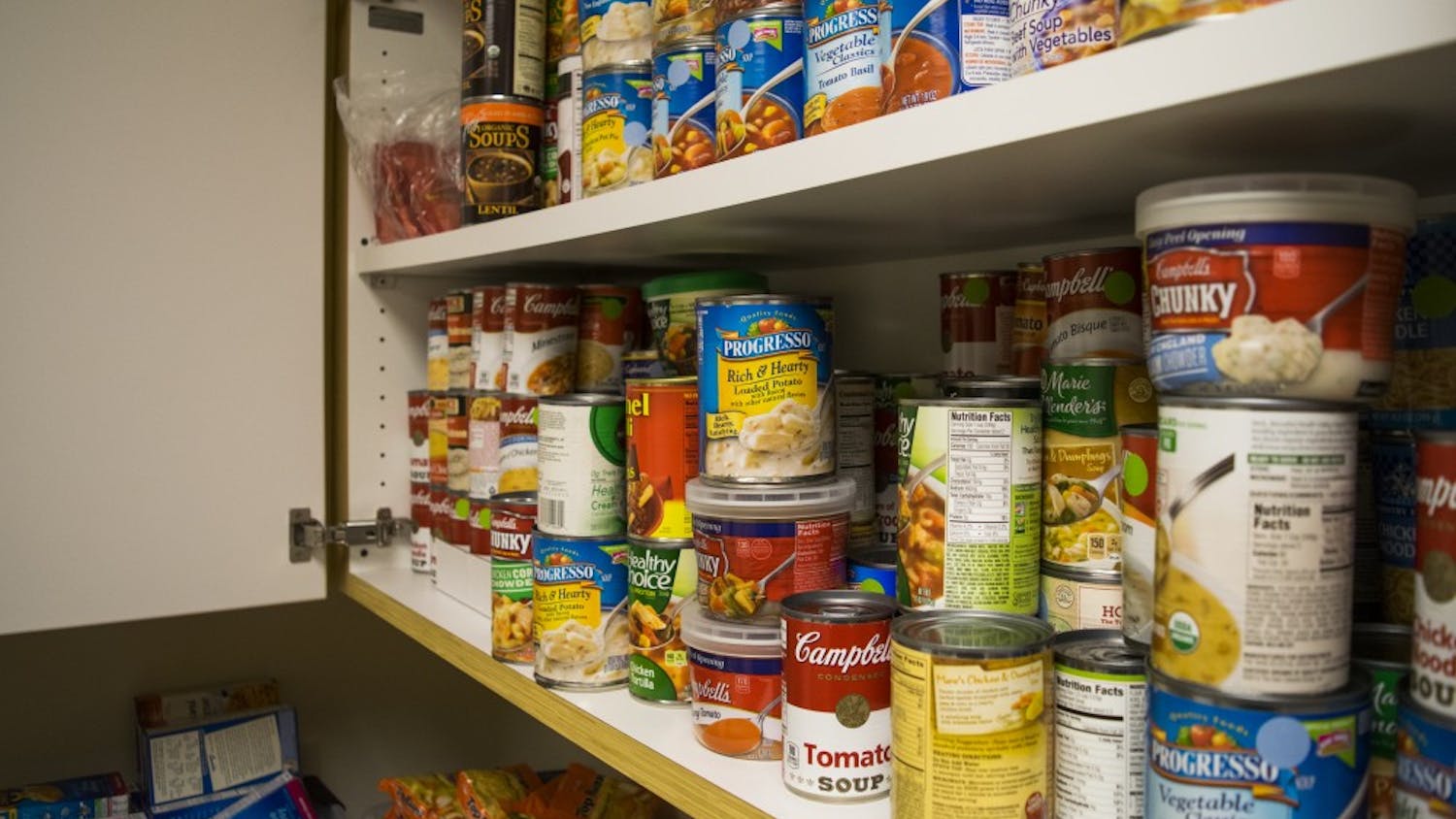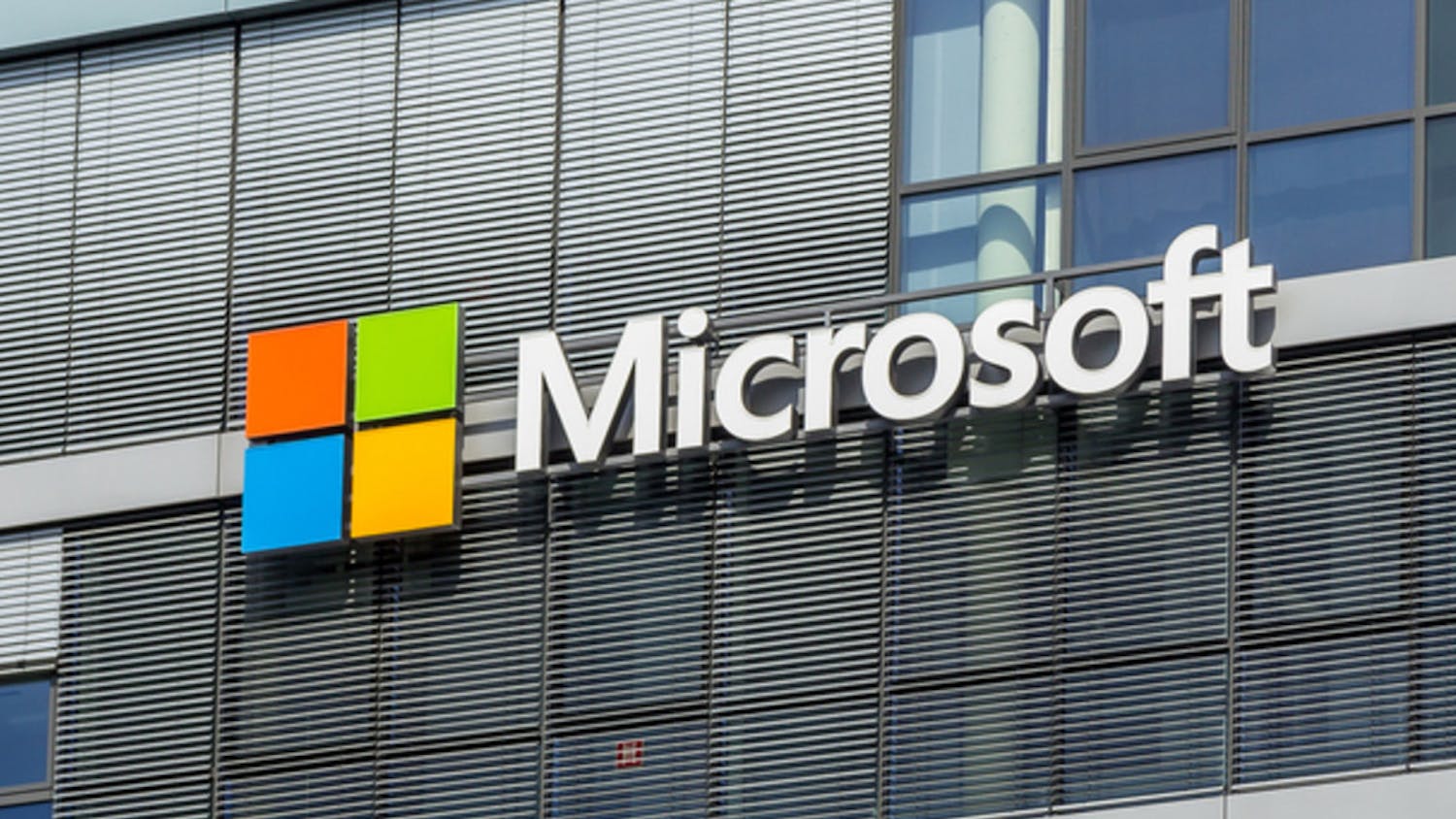Q: I have high blood pressure and have tried reducing my salt intake, but it hasn't helped very much. Is there anything else I can do to lower it?
A: By reducing your salt intake, you are taking the right steps to control your blood pressure. However, because hypertension can be caused by more than just increased salt intake, eating a healthy diet in general is one of the most important components of care when you have high blood pressure.
Many health organizations, including the National Heart, Lung and Blood Institute, recommend following the Dietary Approach to Stop Hypertension diet for an overall eating plan.
The plan is similar to a low-fat version of the food guide pyramid and emphasizes fruits, vegetables and low-fat dairy products. It is also low in sodium, total fat and saturated fat. Foods central to the diet are poultry, fish and nuts, and it limits the amount of red meat, sweets and sugar-containing drinks.
More specifically, the plan recommends you consume the following amounts of foods: four to five servings of fruits and vegetables daily; four to five servings of nuts, seeds and dry beans weekly; two to three servings of low-fat or nonfat dairy products daily; one to two servings of lean meat, poultry and fish daily; five servings of sweets weekly; and two to three servings of fats and oils daily.
Other tips to help you maintain healthy blood pressure levels is to maintain a healthy weight by exercising 30-45 minutes three to five times a week, with a long-term goal of 30 minutes or more of moderate-intensity exercise on most days of the week.
It is also recommended that you consume a moderate amount of alcohol (no more than one per day for women and two for men), stop smoking if you are a smoker and use stress relaxation techniques to reduce stress. Following these important tips will be the most effective for maintaining normal blood pressure levels.





